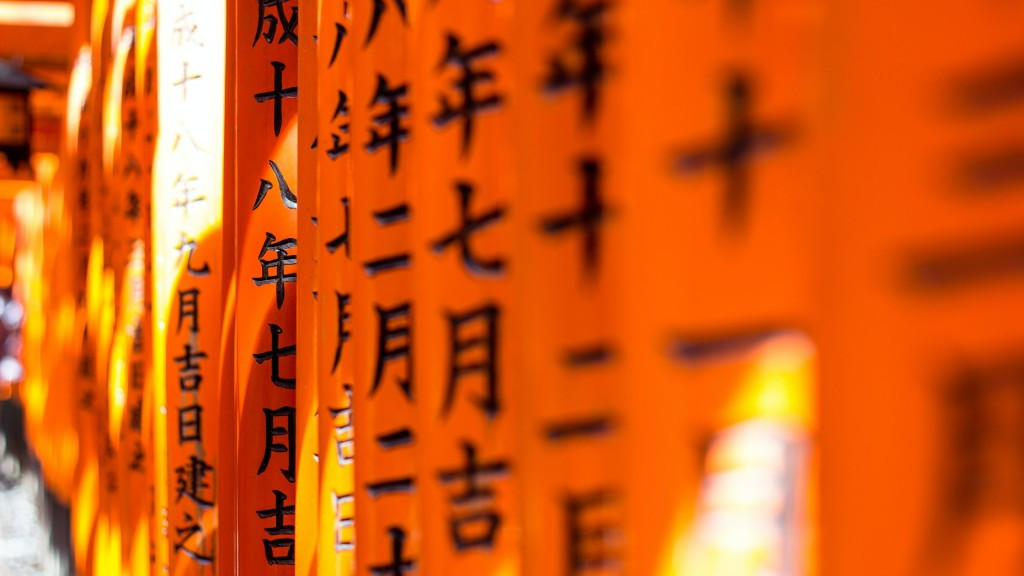Asian languages are gaining students all over the world
Japanese is now the fifth most widely chosen language in the world, surpassing Italian, and the fastest growing language in the United States and the United Kingdom.Chinese has risen from tenth to eighth place, becoming one of the five fastest-growing languages in Mexico and Brazil

Whereas French, German and Italian used to be the clear favourites among students who chose to study a second foreign language after English, the world has expanded eastwards in recent years. More and more people are choosing Chinese, Japanese, and even Korean to broaden their language horizons. According to the Duolingo Language Report 2021, Japanese has become the fifth most chosen language in the world, surpassing Italian, and is the fastest-growing language in the United States and the United Kingdom. Meanwhile, Chinese, which was the tenth most popular language to study the previous year, has risen to eighth place in the ranking in 2021, and is one of the five fastest-growing languages in Mexico and Brazil. This upward trend also applies to another Asian language, Korean, with continued growth predicted for 2022. UOC has also seen at first hand how the demand has grown for these languages.
"Over the last twenty years, China's presence in the world has grown tremendously and the country has a much high profile in every way. Especially in economics and politics, which receive the most the media coverage, but also as a result of the arrival of Chinese emigrants in many countries in the Western world," said David Martínez-Robles, member of the UOC's Faculty of Arts and Humanities. "China is highly visible now, and that generates a lot of interest and a need for understanding. The country is also seen as presenting an opportunity that opens doors in the world of work, and this has had a direct impact on the desire of many people to study the language," he added.
With Japanese it's different. The interest in the language is not so much driven by Japan's economic appeal as by its cultural capital. "Most students tell me that they have been familiar with manga and anime since they were little, and they are very curious about Japanese culture in general," explained the Japanese teacher Takako Otsuki. Learning more about Japanese aesthetics, food, and lifestyle encourages them to study.
While the interest in Chinese exploded a few years ago when it began to be considered the great language of the future, interest in Japanese is very much on the increase. Last year, enrolment in the UOC's Japanese courses increased by 60% in the first semester, and 50% in the second. "I think that lockdown and the coronavirus restrictions had a significant impact on enrolment," said Otsuki.
Are they difficult languages to learn?
Those who have not yet decided to start studying one of these languages often point to their difficulty as a factor against it. According to Martínez-Robles, many of these fears are unfounded. "There are many preconceived notions about Chinese, and it is common to find it on the list of the ten most difficult languages in the world", he said, but "linguistically it is not that difficult". The main difficulty for beginners lies in its distance from our culture, and the fact that we have no reference in our cultural and linguistic background.
Japanese is more complex grammatically, and the various possible ways of reading kanji – the character writing system known as hanzi in Chinese – often confuse new students. But while Japanese phonetics are easy for Catalan speakers, the set of sounds that make up Chinese are very different to those of the languages commonly spoken in European countries. "Chinese is a tonal language, which means that the same word or syllable can have different meanings depending on how it is pronounced," explained Martínez-Robles. "We don't have an educated ear, so the phonetics can be difficult for some people."
Finally, there's the writing system. "If we learn Greek or Russian, we have to memorise different writing systems, but there are a limited number of characters," says the professor. In contrast, Chinese and Japanese have thousands of characters. "You need at least 2,500 to begin to read texts, and around 3,000 to become a little more efficient and autonomous," he says. "That slows down the process. The language itself is not very complex, it's not difficult," he insisted. In the case of Japanese, the sentences do have a very different structure. "To put it simply, we talk the other way around," Otsuki joked.
One of UOC's Chinese and Japanese students is the writer Carlota Gurt, who won the Mercè Rodoreda Award in 2019 for her book of short stories Cavalcarem tota la nit. She even spent a summer in Beijing doing an intensive course to complete her studies. "I didn't like the idea of going to a college campus to live with Westerners, so I went to live with a Chinese family," says the author. "The experience was great, it helped me understand the language more fully. Being able to negotiate the fare with a taxi driver or talk in everyday situations after only two years of online learning is absolutely amazing." Now, she's teaching some Chinese to her young son.
The UOC offers an extensive range of classes in both Chinese – since 2003 – and Japanese – since 2005 – aimed both at people without any previous knowledge and those who have already started learning the language. In both cases, the methodology is 100% online, and the courses can be rounded off with preparatory classes for official exams: the different levels of the official HSK tests for Chinese, and the Japanese-Language Proficiency Test N5 for Japanese.
Experts UOC
Press contact
-
Editorial department
